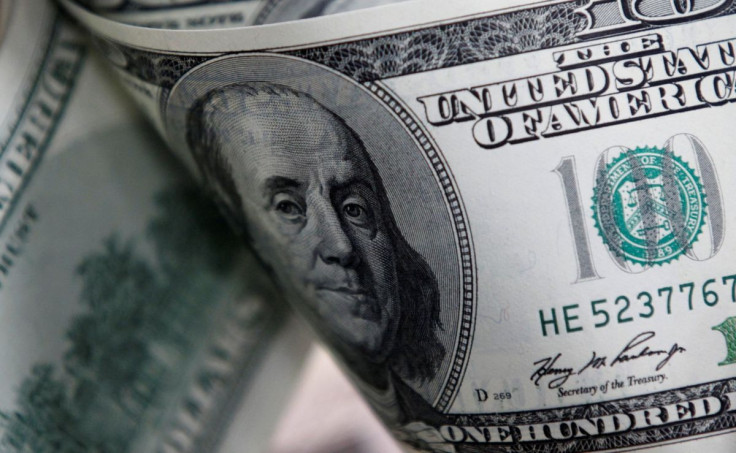Dollar Takes Breather Ahead Of U.S. Inflation Test

The dollar edged off a two-week high on the euro on Friday, ahead of inflation data that should guide the Federal Reserve's policy tightening path, and after the European Central Bank said it would start its rate-hike campaign next month.
U.S. core consumer price growth is expected to cool a fraction, data later in the global day is set to show. Such an outcome would provide some reassurance to those hoping decades-high inflation had peaked in March and that the April pullback was not a one-off.
This could give the Fed some wiggle room to raise rates less aggressively later in the year as it tries to rein in inflation without tipping the economy into recession.
In the nearer term, markets expect the Fed next week to announce the second of its three consecutive 50-basis-point interest rate hikes, which has boosted the dollar in recent months. Two-thirds of respondents to a Reuters poll of analysts expected a further 25 basis point hike in September.
The euro edged up 0.23% in Asia trade having touched $1.0611 early in the session, its lowest since May 23. It lost 0.92% on the dollar overnight after a volatile ECB-driven session.
The dollar index, which measures the greenback against six peers, was 0.27% lower at 103.1 but still up 0.94% this week. That would mark its biggest percentage gain since the last week of April.
The index "looks to have navigated a more determined and hawkish ECB with relative ease. Their plans to raise rates by 25bp in July and Sep and tabling potentially larger increments was evidently no more hawkish than expected," said analysts at Westpac.
The analysts said the index looked to be settling into a range of 101 to 105, with room to test the higher end of that should the U.S. CPI data and next week's Fed meeting underscore the potential for higher U.S. yields.
The European Central Bank, on Thursday, said it would end quantitative easing on July 1, then raise interest rates by 25 basis points on July 21. The ECB flagged a bigger rate increase in September unless the inflation outlook improves in the interim period.
Elsewhere, the dollar gave back a fraction of its recent gains against the Japanese yen, falling 0.35% to 133.85 yen, but still in sight of its 20-year high of 134.55 hit Thursday.
The Bank of Japan, unlike major peers, has repeatedly committed to keeping interest rates low, sending the yen down to within striking distance of 135.20 hit on Jan. 31, 2002. A break past that would be its lowest since October 1998.
Analysts speculate Japanese investors in overseas assets are hedging less of their currency risk due to the weakening yen, extending a trend indicated by Japanese life insurers' publicly announced plans to reduce currency hedging earlier this year.
Lifers' plans to reduce FX hedging is "marginally bearish" for the yen, said HSBC in a note on Friday, also lowering their dollar-yen forecast to 135 from the previous 128.
The risk sensitive Australian dollar edged up 0.35% to $0.7122 but was still down 1.2% this week, hurt by declines in equity markets, while sterling gained fractionally against the dollar to $1.2513.
Bitcoin was steady at $30,100.
© Copyright Thomson Reuters 2024. All rights reserved.







